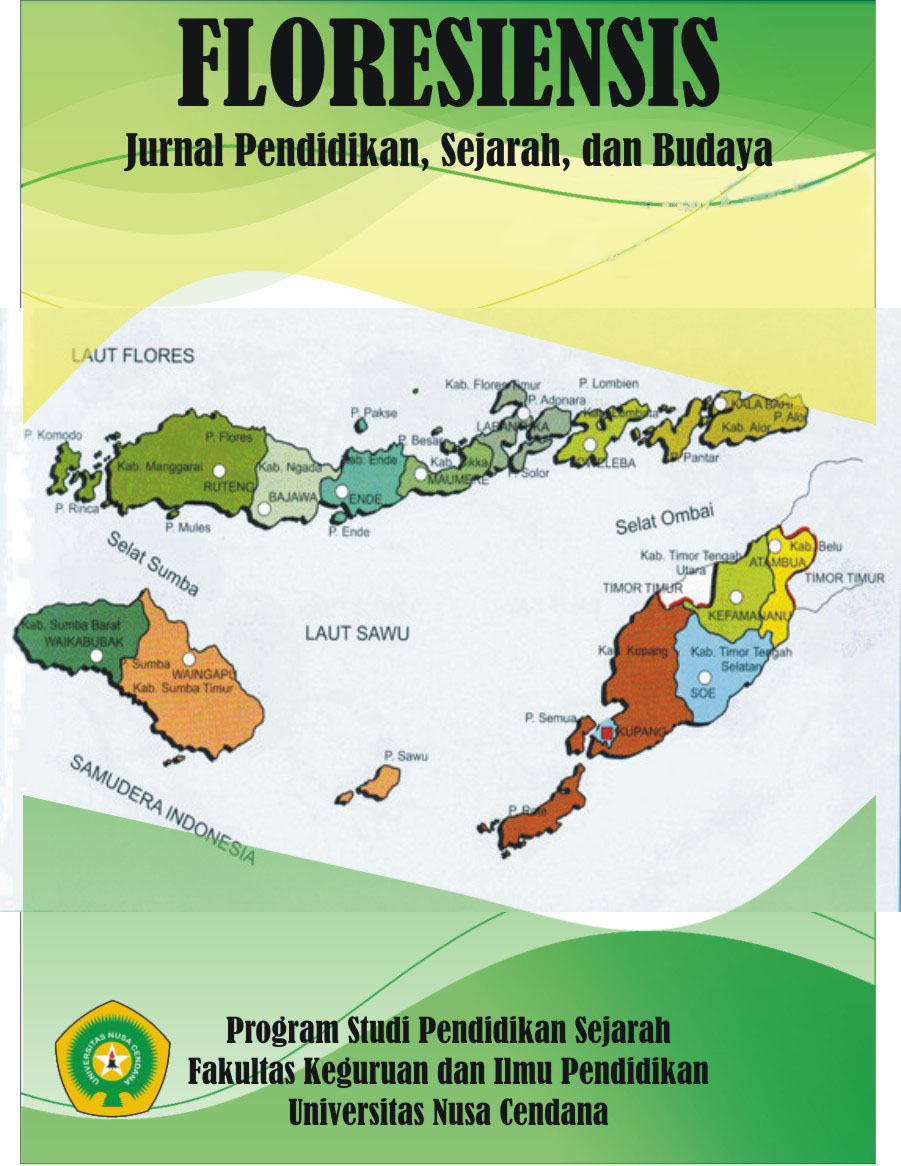Pelabuhan Boom Batu Jambi: Perjalanan Dari Pelabuhan Bersejarah Menuju Destinasi Komersial Moderen
Abstract
This article discusses the journey of Boom Batu Port in Jambi from a historical port to a modern commercial destination, focusing on the impact of the World Trade Center (WTC) mall construction, which led to the loss of part of this cultural heritage site. Using historical research methods and library-based data collection techniques, this study aims to uncover the role of Boom Batu Port in the social, economic, and cultural aspects of Jambi's community, as well as how modernization threatens the preservation of this historical site. Data were collected through a literature review, referencing historical documents, records, and other relevant literature. The findings reveal that although commercial development brings positive economic impacts, the loss of Boom Batu Port’s heritage value diminishes Jambi's historical significance and cultural identity. This study hopes to provide a critical perspective on the importance of balancing modernization with the preservation of historical heritage amid economic growth.
Downloads
References
Dinas Perhubungan Provinsi Jambi, 2006. DED Pelabuhan Muara Sabak, Konsultan PT. Maxitech Utama Indonesia, Jambi.
Din, M. A. O. (2011). Asal usul orang Melayu: menulis semula sejarahnya (The Malay origin: rewrite its history). Jurnal Melayu, 7, 1-82.
Departemen Perhubungan, 2000. Peraturan Pemerintah RI No. 14 Tahun 2000 tentang tarif atas jenis penerimaan negara yang berlaku pada Departemen Perhubungan. Departemen Perhubungan, Jakarta.
Elsbeth Locher-Scholten, 1994. kesultanan sumatra dan negara kolonial hubungan jambi batavia 1830- 1907. dan bangkitnya imprealisme Belanda. Leiden; Hlm 39.
Faradina, A., Siregar, I., & Purnomo, B. 2023. MENGUNGKAP KEJAYAAN SEJARAH MARITIMINDONESIA. Krinok: Jurnal Pendidikan Sejarah dan Sejarah, 2(3), 117-125.
Fitriani, A., Dari, R. W., Siregar, I., & Purnomo, B. 2023. Jejak Historis Dan Peran Indonesia Dalam Jalur Rempah Sebagai Warisan Budaya Bahari. Krinok: Jurnal Pendidikan Sejarah dan Sejarah, 2(2), 9-18.
Indonesische Documentatie Dienst Van Anp-Aneta,1948. Koninklijk Instituut Voor Taal, Land En Volkenkunde; Anp- Anets’s Gravenhage Tahun, Hlm 503- 504.
Keppres No.32, Tahun 1990. tentang: Perlindungan dan Pengelolaan Lingkungan Hidup.
Koentjaraningrat. 1983. Metode penelitian masyarakat. Jakarta: Gramedia.
Kodoatie, Robert J., 2006. Analisis Ekonomi Teknik. Penerbit Andi, Semarang.
Pasal 1 ayat (1) UU No. 11 Tahun 2010. tentang Cagar Budaya.
Perpres RI No.112 Tahun 2007. dan Permendag RI No.53 Tahun 2008 tentang Pedoman Penataan danPembinaan Pasar Tradisional.
Peraturan Daerah Provinsi Jambi Nomor 7 Tahun 2013 Tentang Pelestarian dan Pengembangan Budaya Melayu Jambi.
Saputra, W. M., Muntamah, S., Siregar, I., & Purnomo, B.2023. Pengaruh Dermaga Boom Batu Di Jambi Pada Tahun 1926-1942. Krinok: Jurnal Pendidikan Sejarah dan Sejarah, 2(2), 1-8.
Suparmoko.M.2020. Konsep Pembangunan Berkelanjutan Dalam Perencanaan Pembangunan Nasional dan Regional. Jurnal ekonomi dan menejemen vol. 9 no 1 april hlm 39 -50.
Gottschlk, L. 1986. Mengerti sejarah diterjemahkan oleh Nugroho Notosusanta.Jakarta:Universitas Indonesia, Press.
Grigg, Neil, & Fontane G. Darell, . 2000. Infrastructure Systems Management & Optimization. International Seminar “Paradigm & Strategy of Infrastructure management, Civil Engineering Department Diponegoro University.
Triatmodjo, Bambang. 2003. Pelabuhan. Beta Offset. Yogyakarta.
Waridah, Siti., dkk. 2000. Antropologi. Jakrta: PT Bumi Aksara.

 Uswatun Khasanah(1*)
Uswatun Khasanah(1*)










